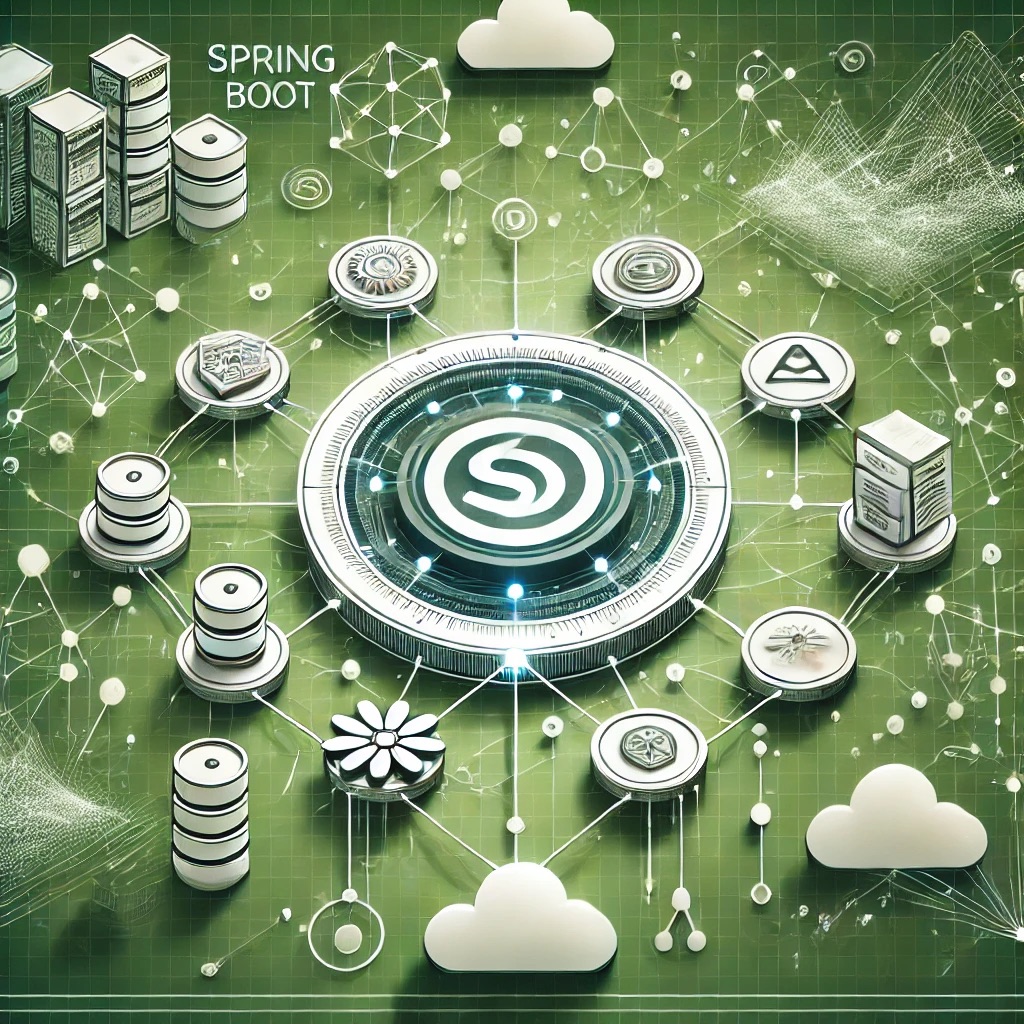Understanding Loggly's Architecture
Event Ingestion Pipeline
Loggly collects logs through syslog, HTTP/S endpoints, or agents like rsyslog, Filebeat, and Logstash. These logs are queued, processed, parsed, and indexed before becoming available in the Loggly UI and alerting system.
Schema-less Indexing
Loggly uses dynamic parsing rules and field extraction based on patterns, not strict schemas. This flexibility can introduce variability in field recognition, especially with loosely structured logs.
Common Troubleshooting Scenarios
1. Logs Not Appearing in Loggly
This is often due to connectivity issues, misconfigured agents, or exceeding ingestion limits. Confirm if the agent or log source is successfully forwarding logs.
logger -n logs-01.loggly.com -P 514 -d -i "Test log from server"
2. Incorrect Field Parsing
Fields not appearing as expected in search or dashboards are usually due to inconsistent log formats or missing parsing rules.
Solution: Use custom parsing rules under Source Setup > Advanced View, or format logs in JSON to improve structured ingestion.
3. Delayed Log Ingestion
Network latency, queuing in the log shipper, or Loggly-side throttling can introduce delays. This is critical during incident response when timely log visibility is needed.
4. High Alert Noise (False Positives)
Overly broad search queries or frequent polling intervals can trigger noisy alerts, leading to alert fatigue.
Solution: Use refined search patterns with field filters, and leverage anomaly detection instead of static thresholds.
5. Exceeded Log Volume Quotas
Once your account exceeds the monthly data volume, Loggly may start dropping logs or delay indexing, depending on your plan.
Solution: Implement log retention policies and exclude non-critical debug logs from production forwarding.
Diagnostic Techniques
Validate Agent Connectivity
Test syslog endpoint reachability and examine agent logs (e.g., rsyslog, Filebeat):
telnet logs-01.loggly.com 514 tail -f /var/log/syslog | grep loggly
Use Live Tail for Real-Time Debugging
Loggly's Live Tail feature helps verify whether logs are arriving in near-real time:
loggly live --token=your-customer-token
Apply Source Labels and Tags
Assign tags to distinguish log streams (e.g., app, env, region). This improves troubleshooting granularity in search queries.
Analyze Log Volume Usage
Navigate to Usage > Volume Analytics to identify log spikes, noisy services, or unnecessary log forwarding.
Optimization and Best Practices
Standardize Log Formats
Use JSON-formatted logs with consistent keys across services to ensure uniform parsing and easier query construction.
Implement Field-level Filtering
Use custom grok patterns or JSON key-value filtering to reduce indexing noise and increase query performance.
Configure Log Rotation
Avoid overloading log shippers with large files. Use logrotate to manage file size and retention.
Rate Limit Non-Essential Logs
Implement sampling or conditional logging in services to limit low-value log traffic during high load periods.
Integrate with Monitoring Tools
Use Loggly's integration with Slack, PagerDuty, or Opsgenie to receive actionable alerts—not just raw logs.
Conclusion
While Loggly simplifies centralized logging, its effectiveness depends on disciplined log hygiene, optimized agent configuration, and careful alerting strategies. In DevOps environments with high log velocity, undetected ingestion or parsing issues can lead to delayed incident resolution. By standardizing formats, monitoring ingestion health, and managing volume proactively, teams can ensure Loggly serves as a reliable pillar in their observability stack.
FAQs
1. Why are some logs missing fields in Loggly?
Logs with inconsistent formatting may bypass parsing rules. Standardize log structure or define custom parsing rules.
2. Can I prevent debug logs from reaching Loggly?
Yes. Use agent-level filters (e.g., rsyslog's
3. How do I detect ingestion issues early?
Monitor agent logs and set up synthetic logs using logger to verify ingestion regularly.
4. Is there a way to visualize log volume over time?
Yes. The Volume Analytics dashboard provides charts on ingestion trends, spikes, and source contributions.
5. How can I reduce alert fatigue in Loggly?
Use tighter search filters, anomaly detection, and adjust alert frequency to focus only on actionable conditions.



